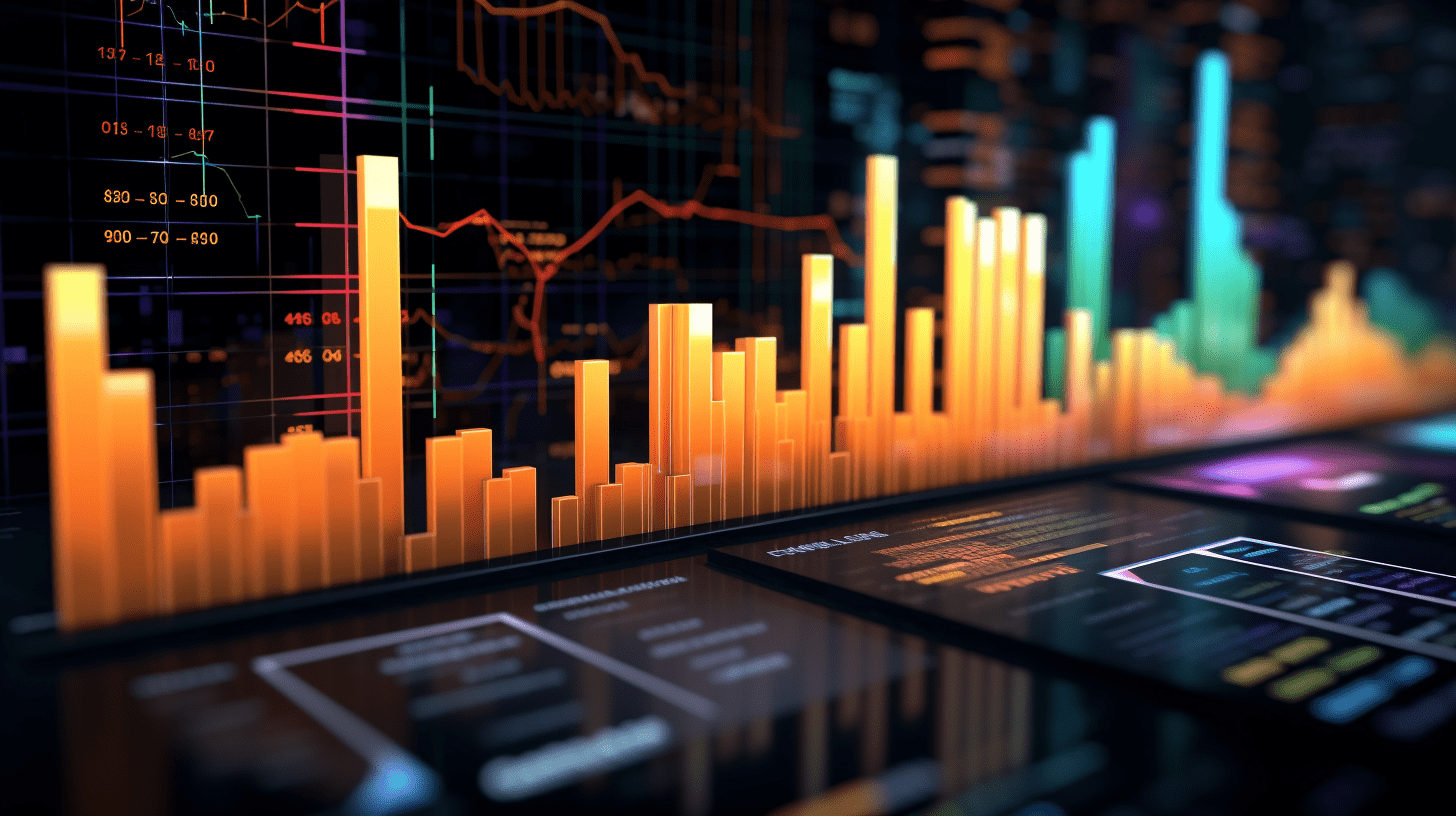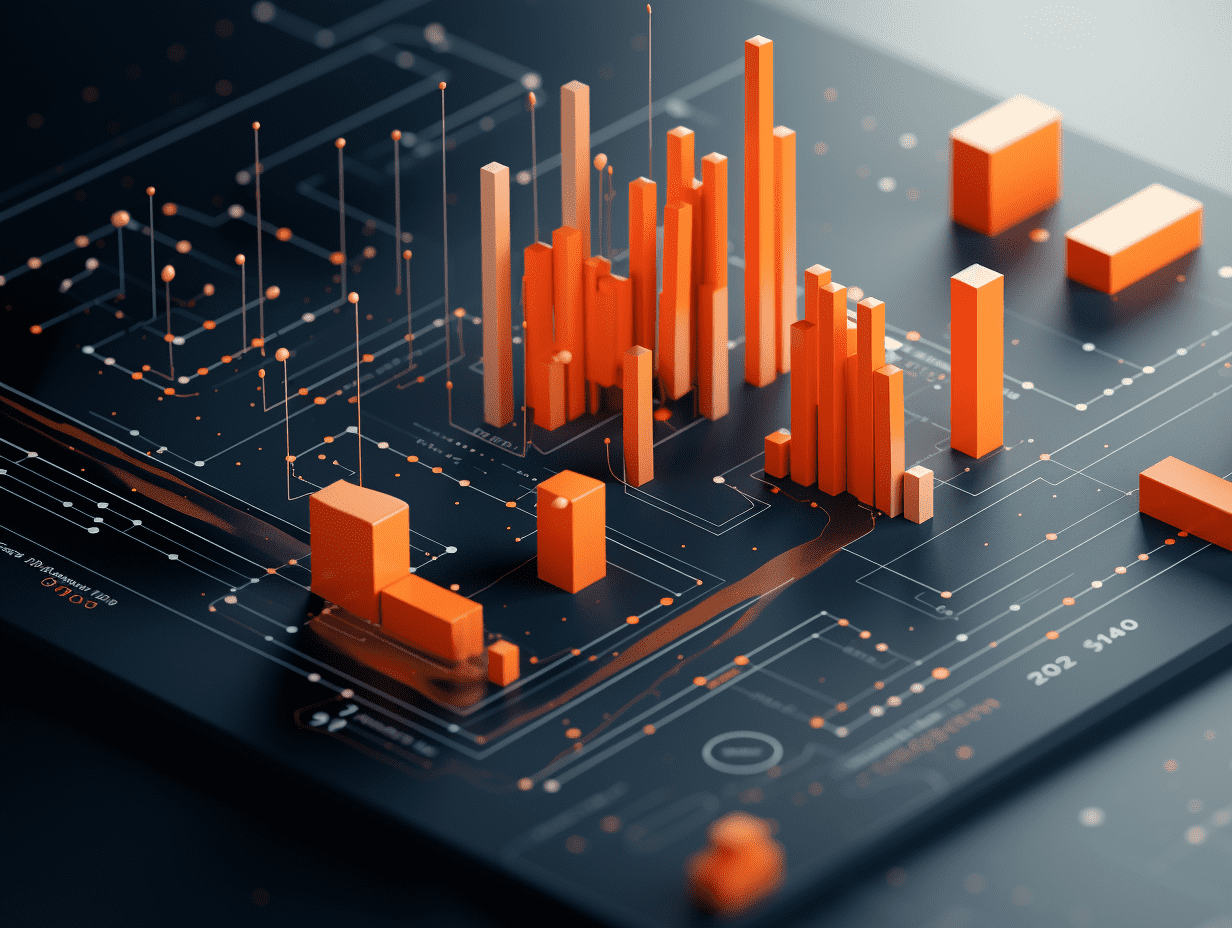Saudi Aramco shunned by Wall Street! Returns since IPO hit bottom, stock price falls to five-year low.
Since its IPO, even with generous dividends, this Saudi oil giant has consistently lagged behind other oil giants.
When Saudi Aramco was on the eve of its first public offering (IPO) in 2019, senior members of the Saudi royal family had warned that "those who did not subscribe would regret it and bite their fingers," implying that either buy now or miss out.
However, Wall Street did not buy into it at the time. And in fact, with the generous dividends included, the performance of this Saudi oil giant has always lagged behind other oil giants. Data shows that since the IPO, including reinvested dividends, Saudi Aramco's total return rate is only 16%, ranking last among the world's largest companies, even behind the sanctioned Russian oil company, Rosneft. In comparison, Exxon Mobil Corporation (XOM.US), Chevron Corporation (CVX.US), and Shell (SHEL.US) have total return rates of over 50%.
For the past five and a half years, Saudi Aramco's stock performance has lagged behind all its peers. Currently, the company is borrowing to pay dividends, its stock price has fallen to a five-year low, and trading volume is declining, indicating that both domestic and foreign investors are avoiding this stock.
The issue lies in the fact that global investors generally believe that Saudi Aramco lacks a plan to boost its stock price. After a recent shareholder conference call, people even felt that the company felt "everything was progressing smoothly." Saudi Aramco's CFO, Ziad Al-Murshed, told investors earlier this month: "We believe we are providing a very attractive investment opportunity." This statement seems particularly bold given that the stock price has fallen to its lowest point since March 2020.
In the first six months of 2025, Saudi Aramco reported a free cash flow of $34.4 billion, not enough to cover the $42.7 billion in dividends during the same period. To make up for the shortfall, the company issued bonds. However, due to its low debt ratio, financing is not difficult.
It is worth noting that Saudi Aramco claims to be the "world's lowest-cost oil producer," but even with Brent crude oil averaging over $70 per barrel from January to June this year (by any historical standard not considered low), it still cannot cover dividends. And if oil prices were to further decline, Saudi Aramco's troubles would be even greater. In the first half of this year, Brent crude oil has averaged $69 per barrel. Admittedly, Saudi Aramco is increasing production to offset some of the price weakness, but its stock price still struggles to see an upward trajectory.
For Saudi Aramco to thrive, it needs higher oil prices and increased production, while also cutting operational costs. However, as Shell and Chevron Corporation announce layoffs of thousands to reduce expenses, Saudi Aramco is increasing its expenditures. Ten years ago, it employed about 65,000 people. Today, according to the company's annual report, the number of employees has increased to around 75,000. The company's spending on new projects is also substantial, especially considering that it has abandoned plans to increase maximum capacity in the coming years.
The main issue with this Saudi oil giant has always been its valuation. Saudi Aramco sought a valuation of $2 trillion in its 2019 IPO. After the 2022 Russia-Ukraine conflict, the company's market value peaked at $2.42 trillion, but has now dropped to around $1.5 trillionalthough still massive, it is a quarter lower than the initial target.
Investors who participated in the secondary public offering last year bought in at 27.5 riyals per share, now facing a loss of over 12%. No matter which indicator you look at, Saudi Aramco seems more like a "credit investment" opportunitythrough its bonds, especially its long-term bonds of 10 and 30 yearsrather than an attractive stock investment story.
Now, investors have learned their lessonSaudi authorities, as the largest shareholders, may find it difficult to continue selling more shares in the future. This would be a significant setback for the Saudi royal family. Prior to the IPO, Saudi authorities had discussed selling small portions of Saudi Aramco shares every few years to raise funds. It seems now that Saudi authorities may have to settle for financing through debt issuance.
Related Articles

Berlin Calls for More Pressure on Moscow Ahead of Trump - Zelenskiy Talks

Market risk appetite rose before the heavy event this week, with Asian stocks generally rising.

Foxconn confirms collaboration with SoftBank to advance the "Stargate" project: cooperation in producing data center equipment in Ohio.
Berlin Calls for More Pressure on Moscow Ahead of Trump - Zelenskiy Talks

Market risk appetite rose before the heavy event this week, with Asian stocks generally rising.

Foxconn confirms collaboration with SoftBank to advance the "Stargate" project: cooperation in producing data center equipment in Ohio.

RECOMMEND

Former Innovative Pharma Star Faces Growing Pains—Why Zai Lab’s Stock Tumbled Despite Strong Results
18/08/2025

World Humanoid Robot Games In-Depth: Competition Drives Technological Innovation and Accelerates Industry Progress
18/08/2025

Guangdong Cross-Border E-Commerce: Tariff Pressures Spur Overseas Warehouse Boom as Sellers Target Russia and Latin America
18/08/2025


